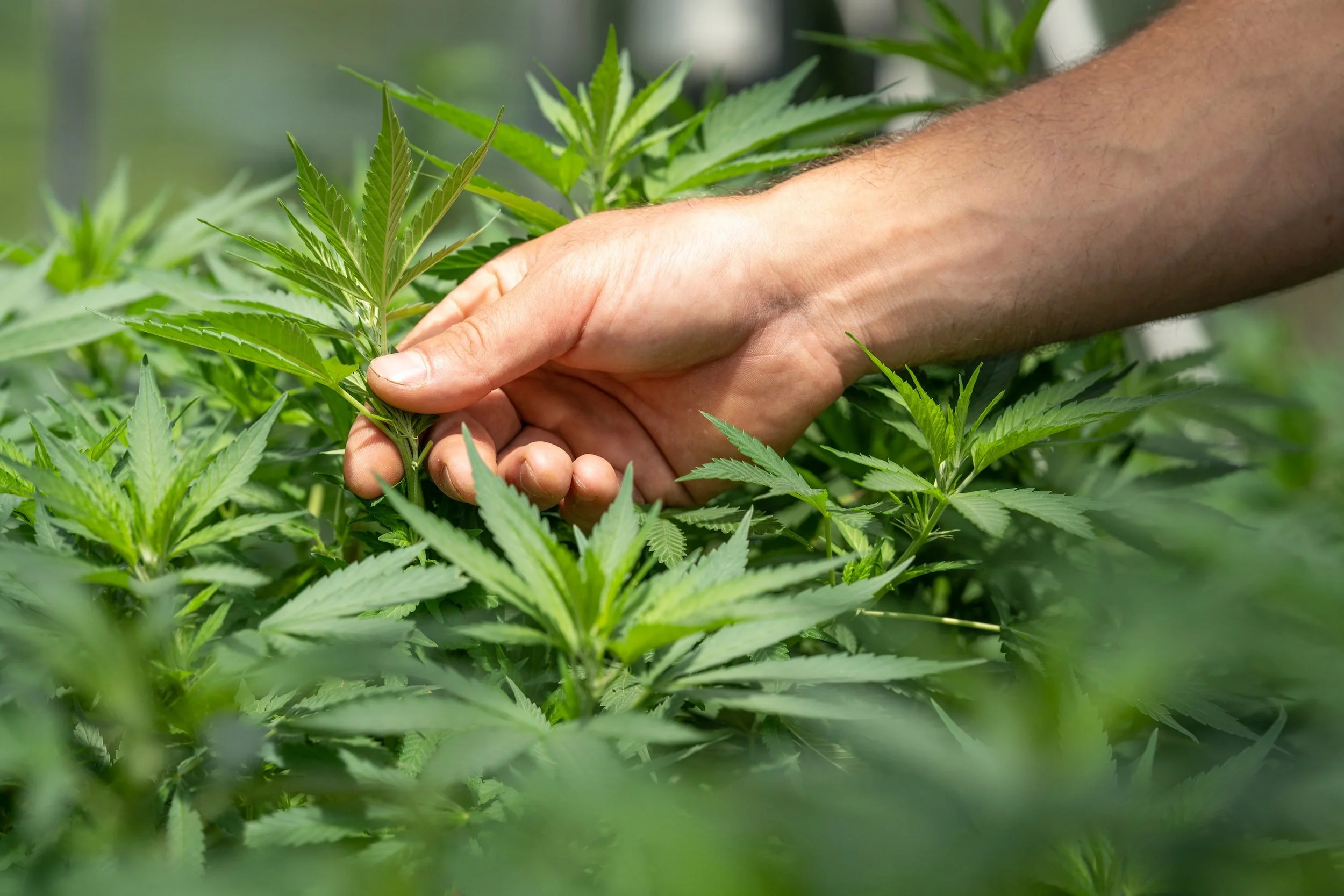Your Cannabinoids Guide
If you read, “Cannabis 101: Indica vs. Sativa” not only did you learn about those Indica and Sativa strains, but you also briefly learned the difference between cannabinoids and terpenes. Here, we’ll dive into all things you need to know about the magical compound of cannabinoids!
Definition:
Cannabinoids, by definition, are the class of compounds that produce in the resin glands of the cannabis plant that contribute to the many effects cannabis users experience when consuming through smoking, edibles or tinctures. Two of the most well-known cannabinoids are THC (tetrahydrocannabinol) and CBD (cannabidiol), but there are over 150 different cannabinoids (like CBC, CBN, and THCV) that cannabis produces. Fun fact: cannabinoids are naturally produced in the human body - called endocannabinoids - but don’t produce a high that you receive from cannabis.
Cannabinoids Effects:
Speaking of endocannabinoids, cannabinoids interact with our body’s natural ECS’s (endocannabinoid system). It is believed that our ECS plays a valuable role in regulating biological systems like appetite, mood and sleep. The top two cannabinoids, THC and CBD, affect our ECS’s differently. THC interacts with one type of cannabinoid receptor in the brain, causing us to feel high, whereas CBD affects cell signaling that suppresses the high feeling similar to THC but keeps you feeling relaxed and at ease.
All being said, cannabis doesn't naturally produce cannabinoids. In fact, it produces cannabinoid acid (like THCA and CBDA) that must be activated through decarboxylation (the heating or drying) of the cannabis plant. Over time, the drying or heating activates the acids that then convert the compounds into a psychoactive (THC) or non-psychoactive (CBD).
Cannabinoids Methods and Effects:
Different methods of cannabis consumption also influence different effects on the human body. Smoking, oral consumption or transdermal application can all affect the bioavailability (the way a substance enters the bloodstream) of cannabinoids. For example, if a consumer inhaled a 30% THC level, the effects can kick in as few as ten minutes whereas if an edible is consumed with a 10% THC level, the effects could take as long as an hour to kick in.
Which cannabinoid adventure are you ready to embark on? Team THC or CBD?
Either way, our Green Dragon locations offer both! Click over to our website to learn about all of our amazing products or head over to one of our locations to chat with our budtenders about which product is perfect for you.
Love our blogs? Read more here!


